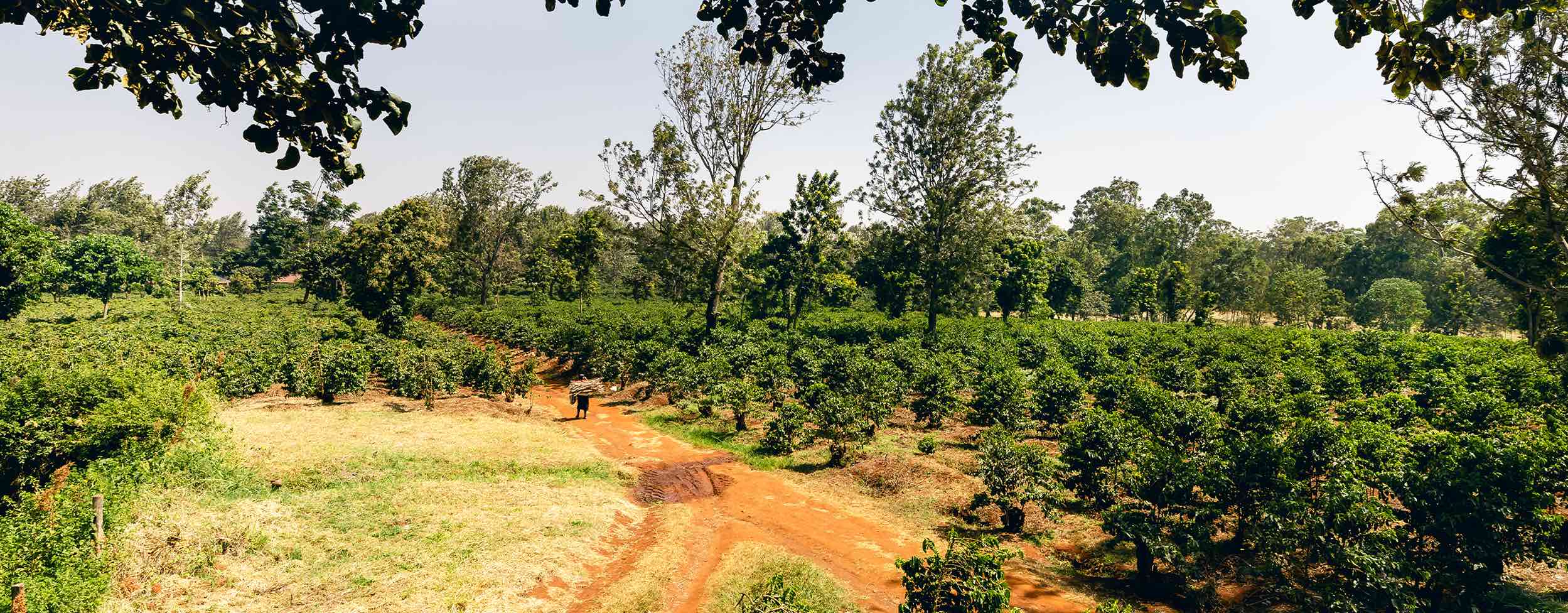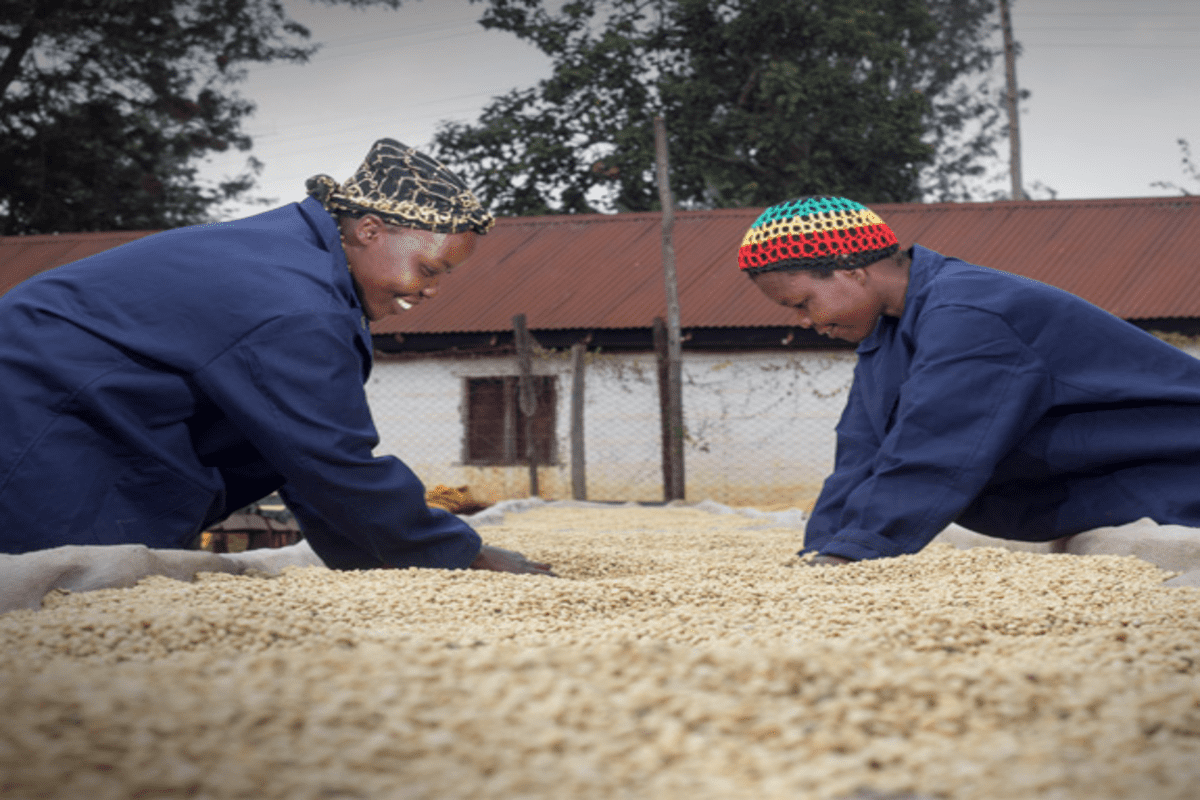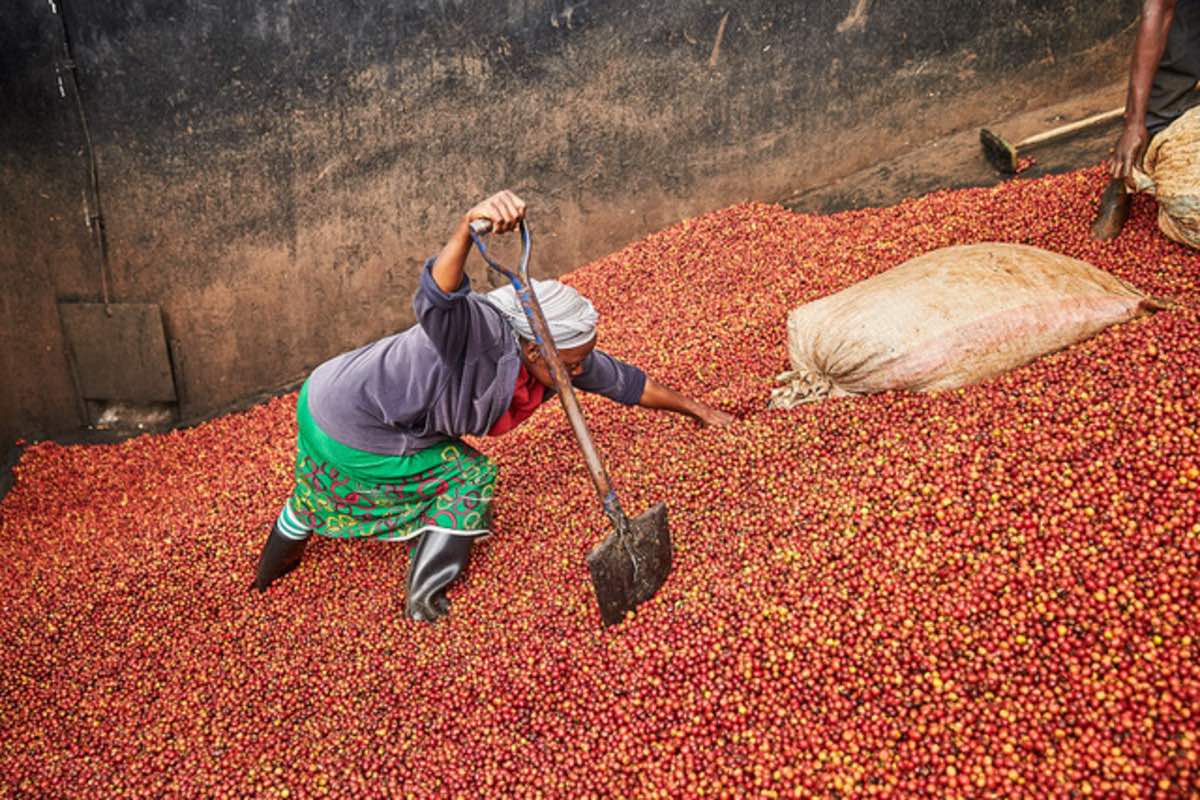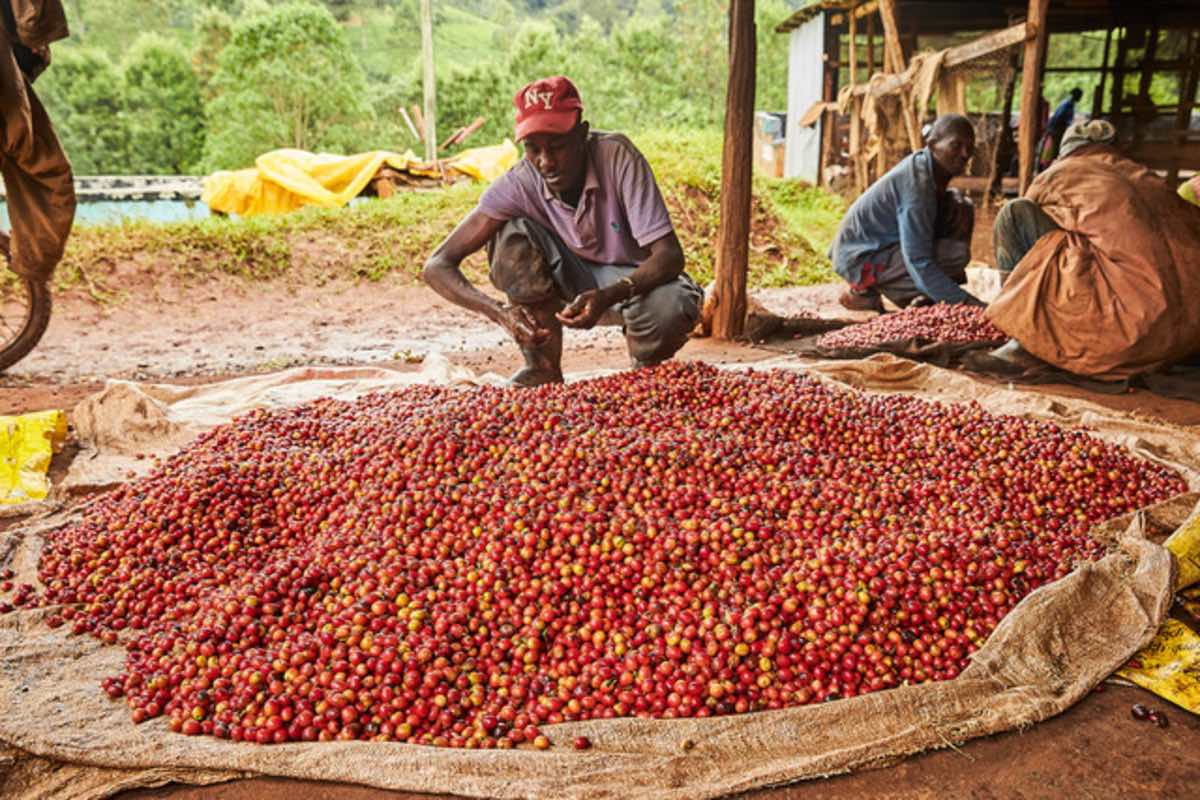
Latest ICO Coffee Report: East African and Kenyan Coffee Markets
Introduction
The coffee industry in East Africa and particularly in Kenya has a rich history and plays a crucial role in the global coffee market. As the latest International Coffee Organization (ICO) report highlights, the dynamics within the coffee sector are shifting, with East Africa, and Kenya specifically, taking on an increasingly important role.
This article explores the key insights from the ICO report, with a special focus on the East African and African coffee markets, providing data and analysis on coffee types, grades, production, and market trends.
The Global Coffee Market: An Overview
According to the ICO’s latest report, global coffee production is estimated to reach 170.83 million bags in the current coffee year, a slight increase from previous years. The report indicates that global coffee consumption has also seen a steady rise, driven by growing demand in emerging markets and the recovery of out-of-home consumption in key markets post-pandemic.
The balance between supply and demand remains delicate, with concerns about climate change and geopolitical factors impacting production in major coffee-producing regions.
Kenya: A Leading Coffee Producer in East Africa
Kenya continues to be one of the leading coffee producers in Africa, renowned for its high-quality Arabica coffee. The country’s coffee production is expected to reach approximately 850,000 bags in the current coffee year. Despite challenges such as fluctuating prices, climatic conditions, and political instability, Kenya has maintained its reputation for producing some of the world’s most sought-after coffee beans.
Kenyan coffee is typically known for its rich flavor profile, with bright acidity and notes of berries and fruits. The grades of Kenyan coffee are determined based on the size, shape, and density of the beans, with AA being the highest grade. This meticulous grading system ensures that Kenyan coffee commands premium prices in the international market.
East Africa’s Coffee Market: Growth and Challenges
East Africa, comprising countries such as Ethiopia, Uganda, Tanzania, and Rwanda, alongside Kenya, is a significant coffee-producing region. Ethiopia remains the largest producer in the region, with an estimated production of 7.62 million bags, primarily consisting of Arabica coffee. Uganda follows closely, with robusta coffee making up the majority of its 5.6 million bags.
The ICO report indicates that East Africa’s coffee exports have been stable, with a slight increase in value due to higher global prices. However, the region faces several challenges, including the impact of climate change, which has led to erratic rainfall patterns and increased incidences of coffee diseases. Additionally, the rising cost of inputs such as fertilizers and labor continues to squeeze profit margins for smallholder farmers.
African Coffee Market: Emerging Trends and Future Prospects
Africa, as a whole, contributes about 12% of the world’s coffee production, with East Africa being the most prominent sub-region. The ICO report highlights several emerging trends in the African coffee market, including a growing focus on specialty coffee and sustainable farming practices. There is also a noticeable shift towards value addition, with more African countries investing in local processing and branding to capture a larger share of the global coffee market.
One significant trend is the increasing interest in coffee from African consumers themselves. Historically, coffee consumption in Africa has been low, but recent years have seen a growing coffee culture, particularly among the urban middle class. This internal demand could provide a buffer against fluctuating international prices and create new opportunities for African coffee producers.
Coffee Types and Grades in Africa
Africa predominantly produces Arabica coffee, with some countries like Uganda also producing Robusta. The quality and grading of coffee vary across the continent, with different countries adopting specific grading systems.
For instance, Ethiopia categorizes its coffee based on the region of production, with Sidamo, Yirgacheffe, and Harrar being some of the most famous coffee-growing areas known for their unique flavor profiles.
In Kenya, coffee is graded primarily by bean size, with AA, AB, and PB (Peaberry) being the most common grades. AA-grade coffee, known for its large beans and superior quality, typically fetches the highest prices in auctions and is highly prized in international markets.
Data and Figures: A Comprehensive Analysis
– Global Coffee Production:170.83 million bags
– Global Coffee Consumption: Rising due to increasing demand in emerging markets
– Kenya Coffee Production: 850,000 bags
– Ethiopia Coffee Production: 7.62 million bags
– Uganda Coffee Production: 5.6 million bags
– Top Grades of Kenyan Coffee:AA, AB, PB
– Contribution of Africa to Global Coffee Production: 12%
Conclusion
The latest ICO report underscores the importance of the East African and African coffee markets, with Kenya playing a pivotal role. As the global coffee industry continues to evolve, East Africa’s rich coffee heritage and focus on quality will be crucial in maintaining its position in the market. However, addressing challenges such as climate change, rising costs, and market volatility will be key to ensuring the long-term sustainability of the coffee sector in this region.
Altogether, for Servicoff Limited and our audience, understanding these dynamics is essential for making informed decisions and leveraging opportunities in the East African and global coffee markets. By staying updated on market trends and focusing on quality, we as Servicoff Limited can continue to thrive in an increasingly competitive industry.






